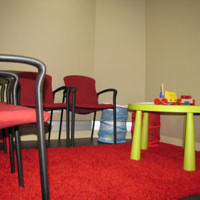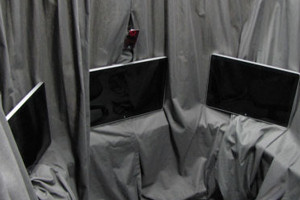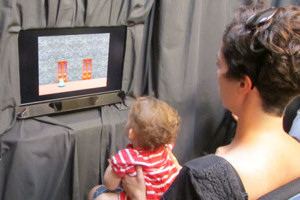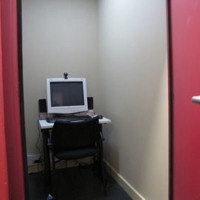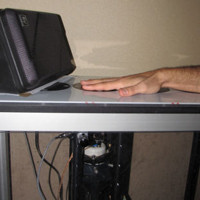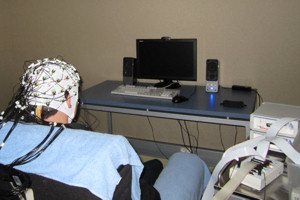Facilities
We conduct research with our own Computational Cluster and in our Cognitive Neuroscience laboratory:
Computational Cluster
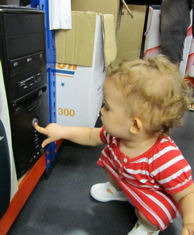
The “Brain” computational cluster has 37 computer nodes and 1 login node. In July 2018 13 new nodes were added, including a node with GPUs capacity, and one new frontend node.
Each one of the new nodes has two 2,1 Ghz Intel Xeon E5-2684 16-core processors with 256 GB of RAM, and 1TB of local disk storage.
The last 24 nodes have two 2-GHz Intel Xeon E5 2650 8-Core processors with 32 GB of RAM, and 300 GB of local disk storage.
Each node has access to a network file system, providing more than 25 TB of disk storage with an automatic backup system for the main partitions.
All the machines in the cluster are interconnected by a high-speed network with a oad balance system at 10GB of speed
Behavioral laboratory (CBCLaB)
The Cognitive Neuroscience laboratory is located on the -1 floor of the Mercè Rodoreda building 24 on UPF's Ciutadella Campus (how to get there). The lab has 15 rooms, a reception area and a small workshop that total about 120m2:
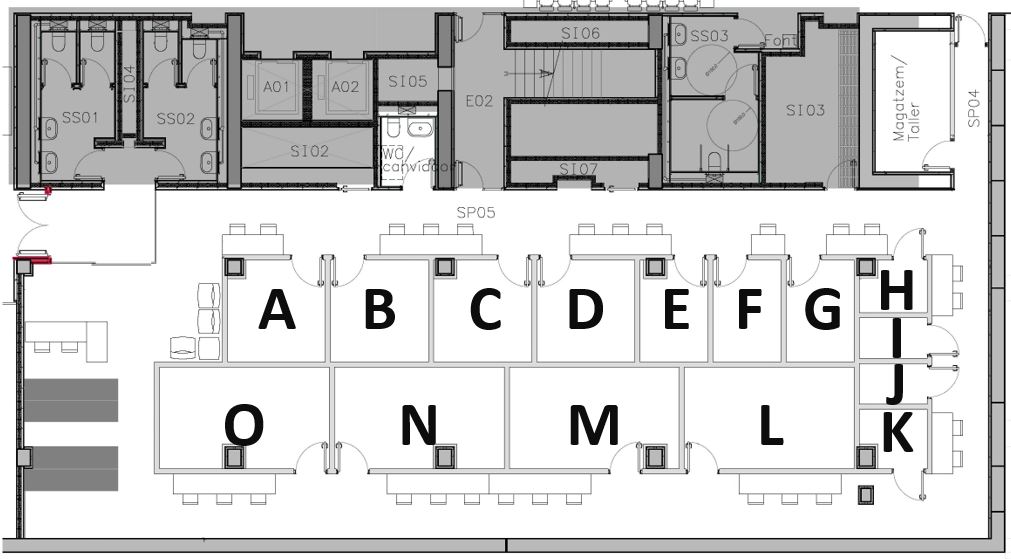
All the rooms have a control area where the researcher accompanies the participant at all times and, depending on the room’s characteristics, are used for different types of studies:
Rooms A, B, C and D have electromagnetic isolation (Faraday cage) and are mainly used for electroencephalographic recordings.
Rooms O, N, M and L, larger rooms, are used for studies with children and infants.
The rest of the rooms are used for behavioral studies with adults.
All rooms have:
- Acoustic insulation of about 55dB
- Rubber flooring that favors noise damping
- Air conditioning independent from the rest of the building which we control and is installed to minimize the background noise.
- Adjustable LED lighting, and an
- Isolated communication network that allows communication between machines without external influence
We can apply different techniques in this research space:
- Event-related potential (ERP) recording
- Transcranial magnetic stimulation (TMS)
- Eye tracking
- Vibrotactile studies
